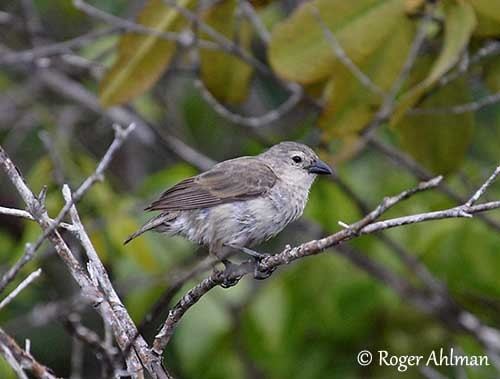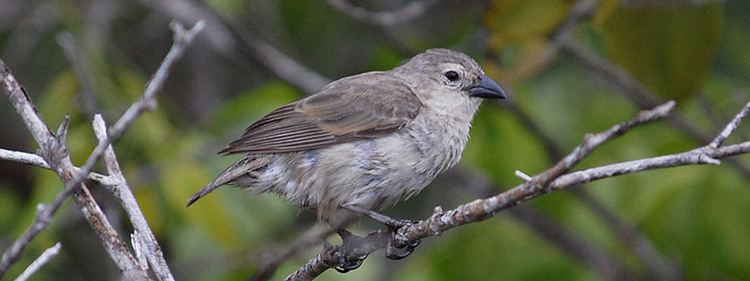Phylum Chordata Rank Species | Family Thraupidae Scientific name Camarhynchus heliobates Higher classification Camarhynchus Order Passerine | |
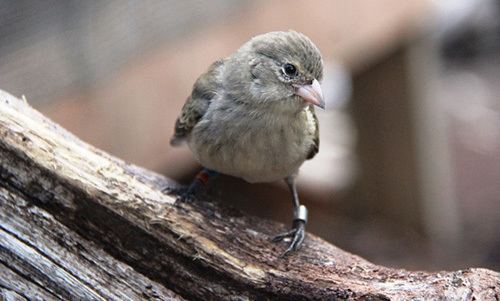 | ||
Similar Camarhynchus, Medium tree finch, Bird, Large tree finch, Small tree finch | ||
Saving the mangrove finch in galapagos
The mangrove finch (Camarhynchus heliobates) is a species of bird in the Darwin's finch group of the tanager family Thraupidae. It is endemic to the Galápagos Islands. It was found on the islands of Fernandina and Isabela, but recent surveys have failed to record the species on Fernandina. It has been classified as critically endangered by BirdLife International, with an estimated population of between 60 and 140 located in two large mangroves on Isabela. A study has shown that the two small populations remaining on Isabela Island have begun undergoing speciation and that one or both populations will eventually become extinct due to a lack of interbreeding.
Contents
- Saving the mangrove finch in galapagos
- In the galapagos mangrove finches fight on by sue maturin forest bird
- Habitat
- Predators
- References

In the galapagos mangrove finches fight on by sue maturin forest bird
Habitat
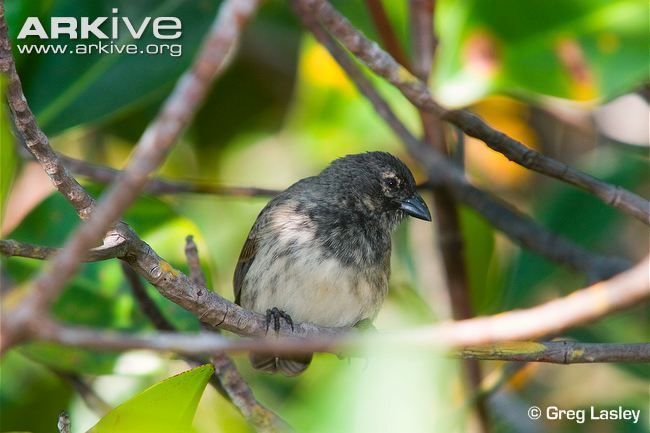
As its name suggests, the mangrove finch lives in the mangroves of the Galápagos Islands. The mangrove finch feeds upon the various insects, larvae, spiders, and vegetable matter found in the mangroves. It closely resembles the far commoner woodpecker finch, but is not known to utilize tools.
Predators
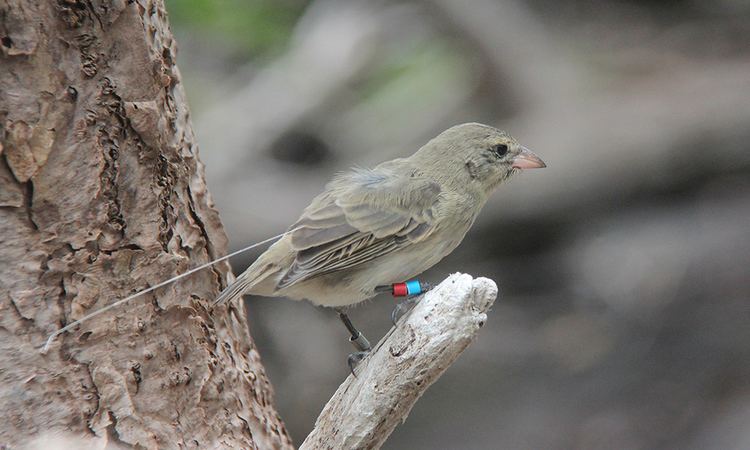
The main predators of the mangrove finch are cats, fire ants, paper wasps, and especially destructive black rats and parasitic flies. The black rats (Rattus rattus) are predators that account for 54% mortality rate of the mangrove finch during egg incubation, while the larvae of the parasitic fly (Philornis downsi) add an additional 14% mortality rate of newly hatched chicks. Due to high predation rates in 2007 and 2008, rat poison was spread throughout different mangrove sites where the finches lived, which decreased rat predation to 30% mortality of the finch eggs. A year before the rat poison was dispersed, predation was observed in 70% of nests and the average success of nesting was 18%.
